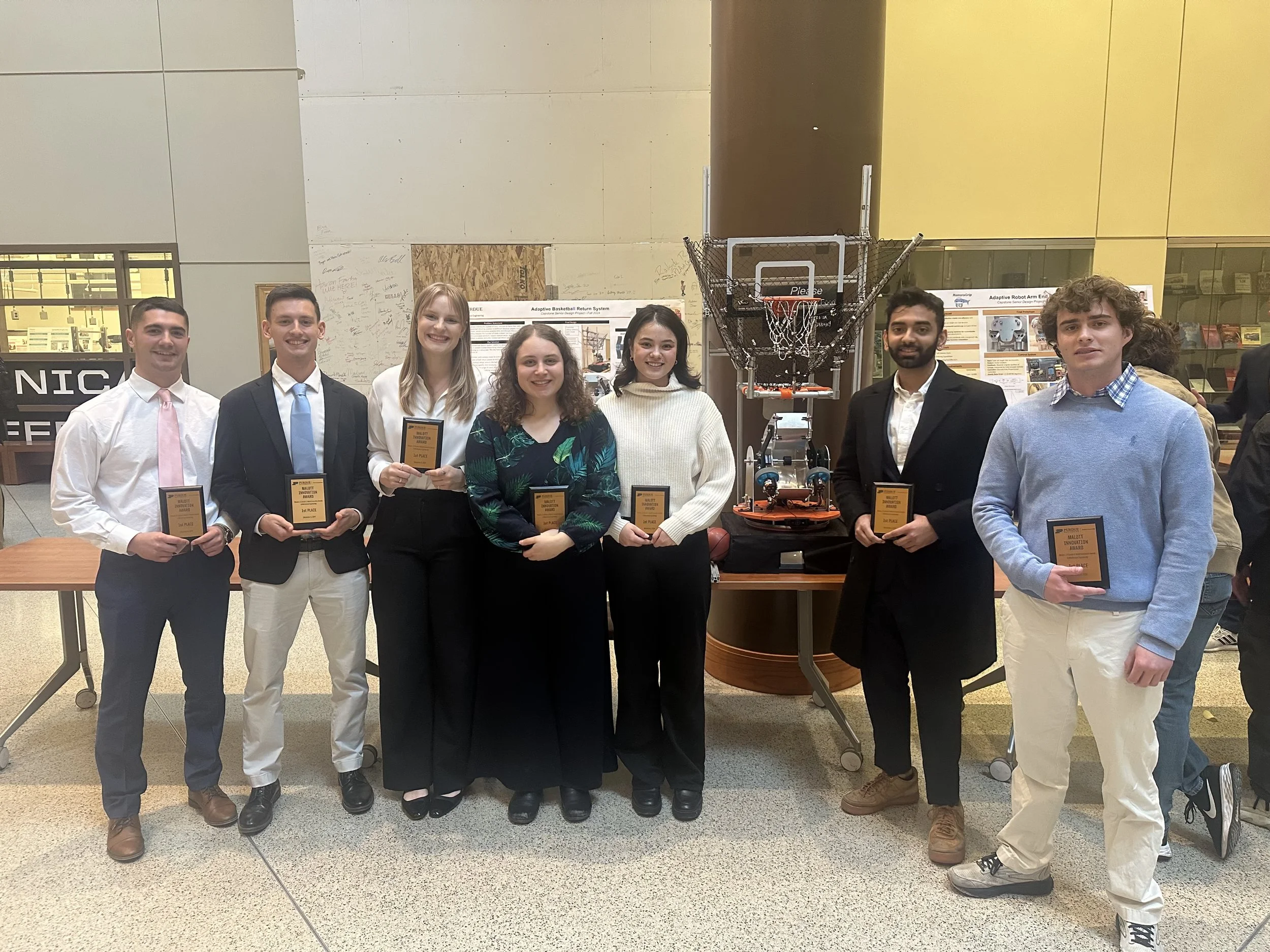Pixel-wise structured light calibration method with a color calibration target (2022)
/Abstract
We propose to use a calibration target with a narrow spectral color range for the background (e.g., from blue) and broader spectral color range for the feature points (e.g., blue + red circles), and fringe patterns matching the background color for accurate phase extraction. Since the captured fringe patterns are not affected by the high contrast of the calibration target, phase information can be accurately extracted without edging artifacts. Those feature points can be clearly “seen” by the camera if the ambient light matches the feature color or without the background color. We extract each calibration pose for three-dimensional coordinate determination for each pixel, and then establish pixel-wise relationship between each coordinate and phase. Comparing with our previously published method, this method significantly fundamentally simplifies and improves the algorithm by eliminating the computational framework estimate smooth phase near high-contrast feature edges. Experimental results demonstrated the success of our proposed calibration method.



